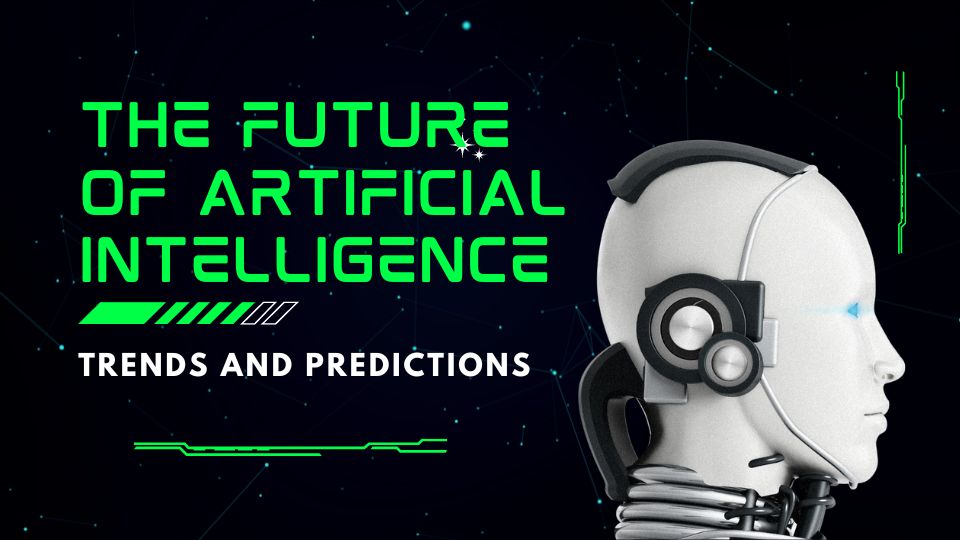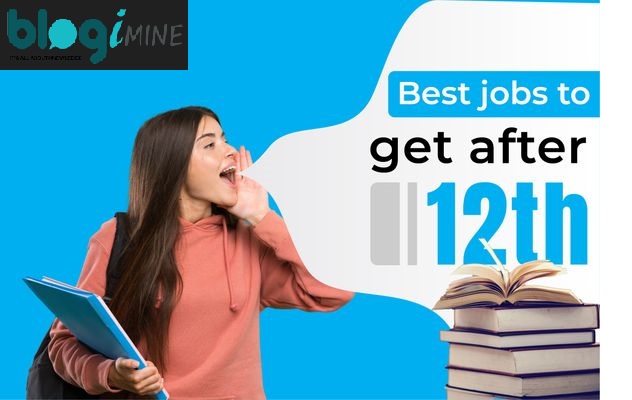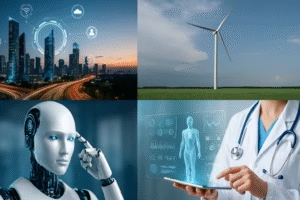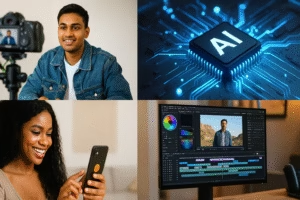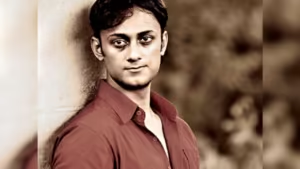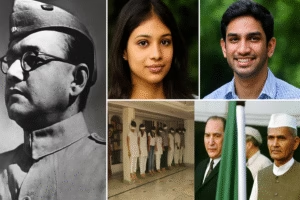
Artificial intelligence (AI) has been revolutionizing various industries, and advertising is no exception. With advancements in AI technology, the use of AI-generated images in advertising campaigns has become increasingly prevalent. However, this rise in AI images raises concerns about the future of jobs in the creative industry. Are traditional graphic designers and photographers at risk of being replaced by AI? In this article, we will explore the impact of AI images in advertising and delve into the potential consequences for human professionals.
The Rise of AI-Generated Images
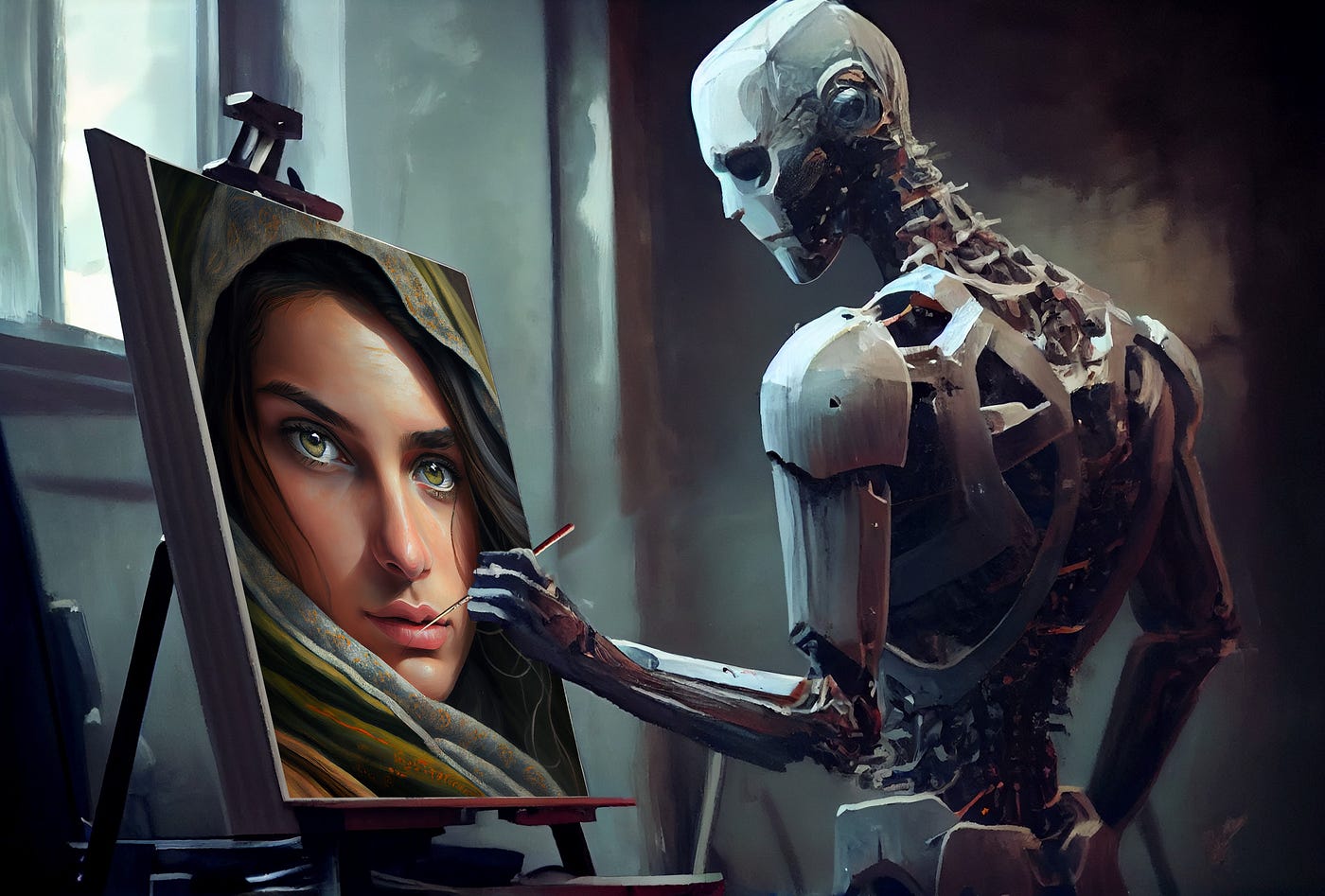
AI-generated images have gained significant attention in recent years. With deep learning algorithms and generative adversarial networks (GANs), AI can now generate highly realistic and convincing images. These AI-generated images can be used in various advertising materials, including product visuals, digital banners, and social media campaigns. AI’s ability to rapidly create high-quality visuals at scale has made it an attractive option for marketers looking to optimize their campaigns.
Benefits and Advantages of AI Images

The use of AI images in advertising offers several benefits. Firstly, AI-generated visuals can be produced quickly and cost-effectively, reducing the need for time-consuming and expensive photoshoots or graphic design work. This efficiency allows marketers to iterate and test different creative variations more rapidly, leading to improved campaign performance. Additionally, AI can generate visuals that align perfectly with the target audience’s preferences, ensuring higher engagement and conversion rates. AI images can also be easily customized and personalized to match individual user preferences, further enhancing advertising effectiveness.
Impact on Traditional Roles
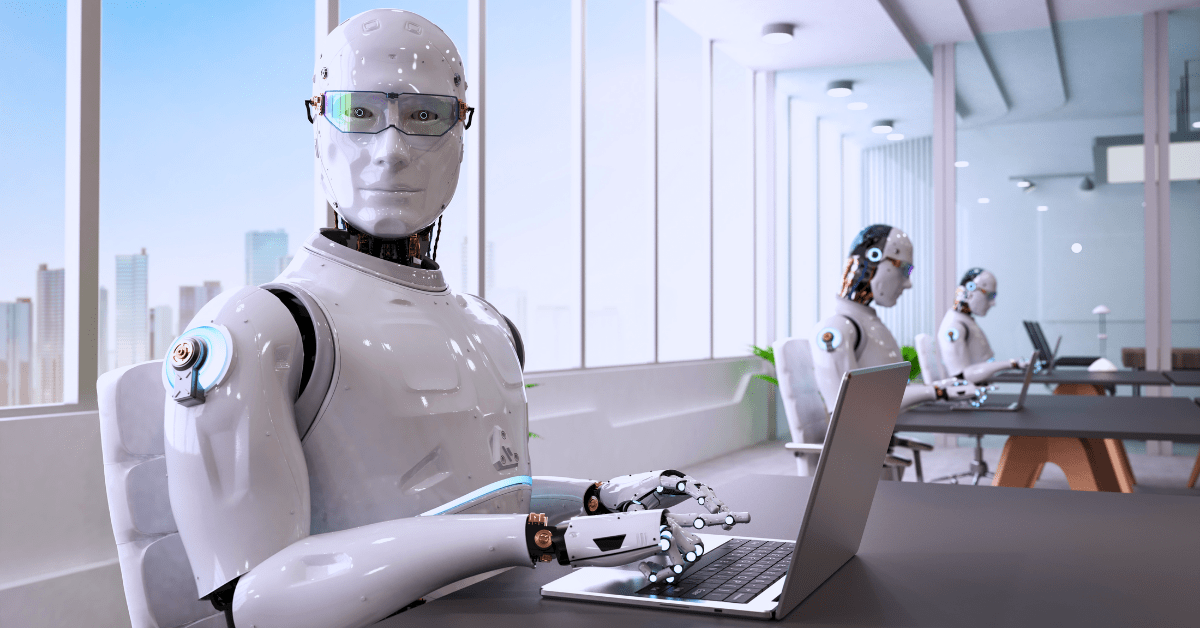
The growing utilization of AI-generated images in advertising gives rise to concerns regarding the future of conventional positions within the creative industry. The presence of AI capabilities may cause graphic designers and photographers, who have traditionally been responsible for crafting visual content, to perceive a threat. There is apprehension that AI’s ability to swiftly generate high-quality visuals could render human professionals obsolete or marginalized.
Nonetheless, it is essential to comprehend that AI does not supplant human creativity and expertise. While AI can produce visuals, it lacks the emotional intelligence and artistic vision that humans possess. Graphic designers and photographers contribute a distinctive perspective, creativity, and storytelling ability to their work, qualities that prove challenging for AI algorithms to duplicate. Moreover, these professionals possess the skills to capture genuine emotions, contextual significance, and unique experiences that deeply resonate with audiences.
Collaboration and Enhancement

Rather than viewing AI as a threat, professionals in the creative industry can embrace it as a tool for collaboration and enhancement. AI technology can be used to support and augment the work of designers and photographers. For example, AI can assist in automating repetitive tasks, such as background removal or image retouching, allowing professionals to focus on more strategic and creative aspects of their work. By leveraging AI capabilities, professionals can enhance their productivity, efficiency, and overall creative output.
New Opportunities and Adaptation

As with any technological advancement, the rise of AI images also presents new opportunities for professionals to adapt and evolve. Instead of resisting change, creative individuals can embrace AI technology as a new medium for their artistic expression. By incorporating AI techniques into their workflows, professionals can unlock new creative possibilities and explore innovative ways to captivate audiences.
Additionally, the increasing demand for AI-generated visuals creates new job roles in the industry. AI image trainers, AI art directors, and AI image analysts are just a few examples of emerging positions that require a blend of creative and technical skills. By embracing these new opportunities and acquiring the necessary expertise, professionals can position themselves at the forefront of the evolving creative landscape.
Conclusion
While the rise of AI images in advertising may raise concerns about the future of traditional roles, it is important to recognize that AI is not a substitute for human creativity. Rather than fearing job displacement, professionals in the creative industry can view AI


